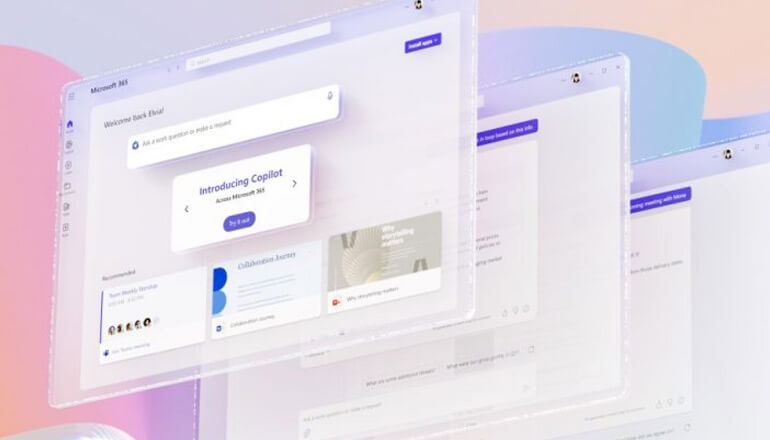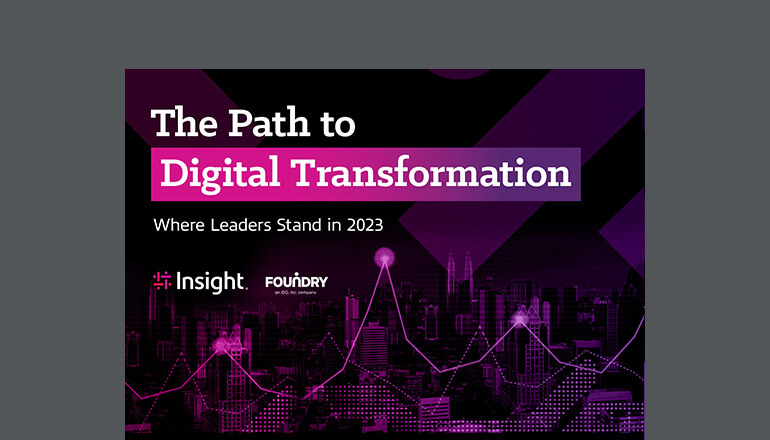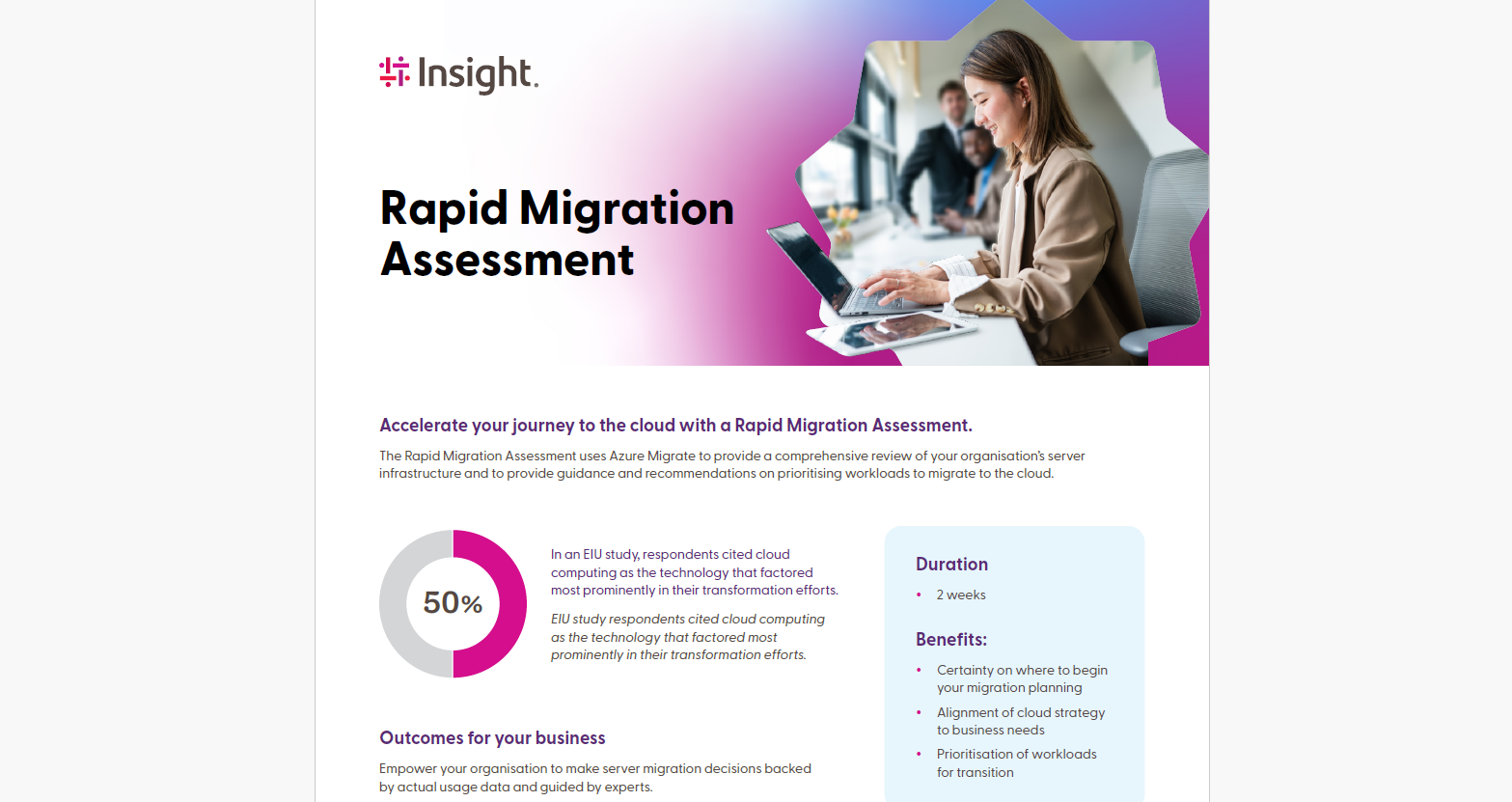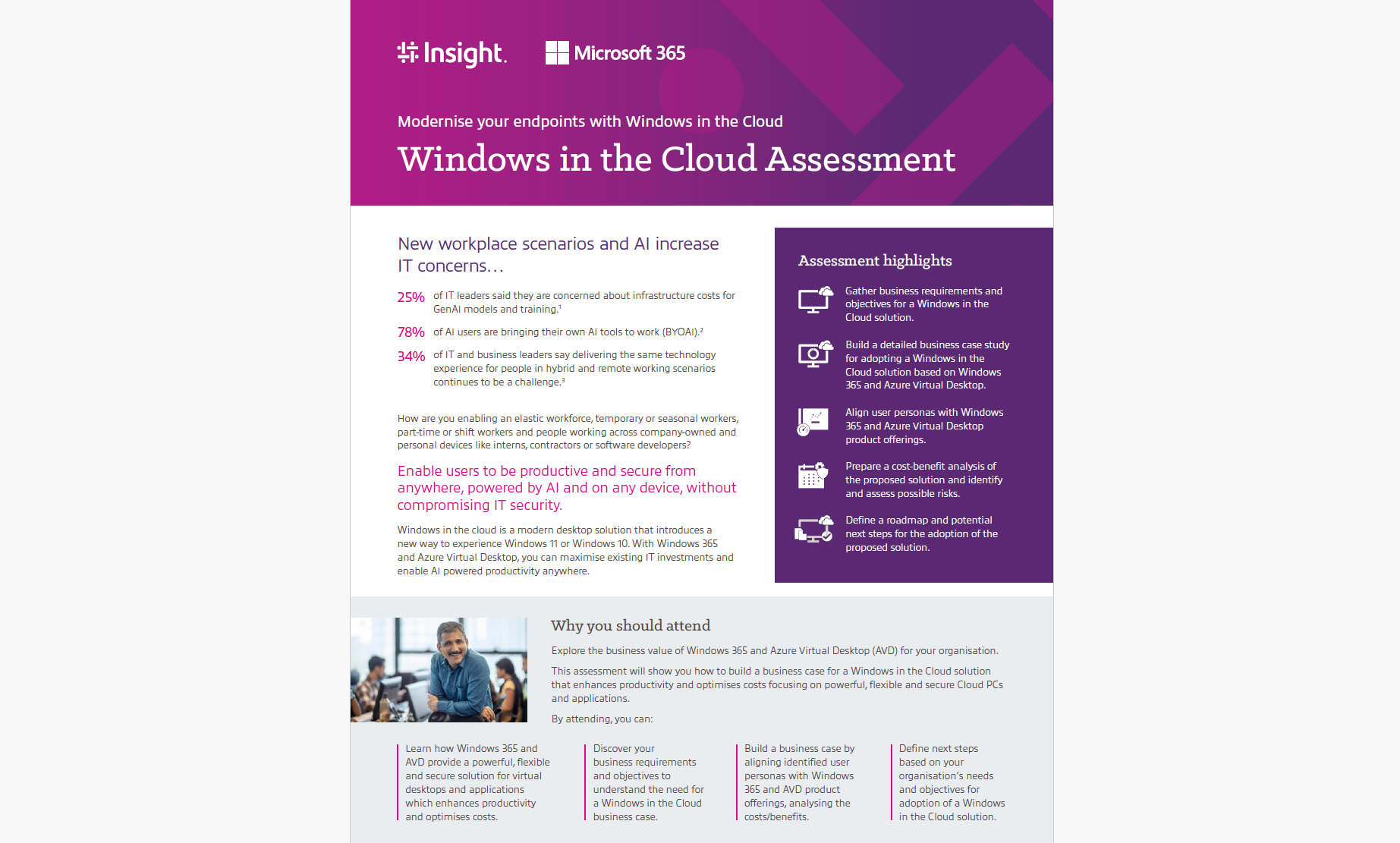Article How to seamlessly implement Microsoft cloud solutions in the era of AI
By / 8 Apr 2024 / Topics: Cloud
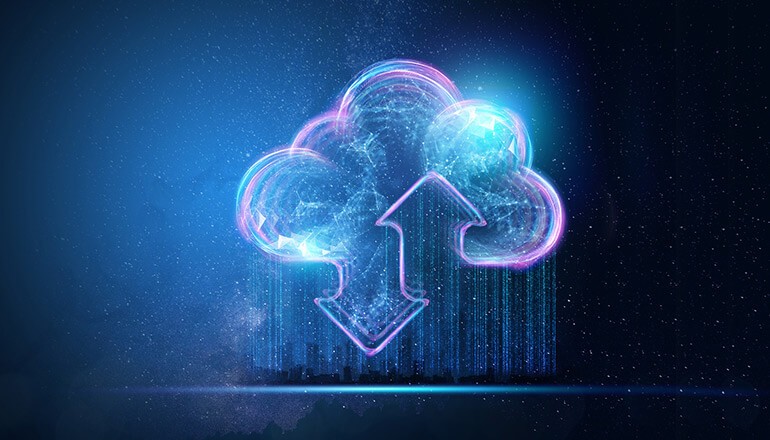
Cloud migration is the backbone of your digital transformation journey. Here are some mission-critical things to know – and avoid – when adding Microsoft cloud solutions to the mix.
Insight’s modern workplace specialist, Roland Leggat, explains the pros and pitfalls of moving to the Microsoft cloud solutions, and how having an expert to guide you can ensure a faster and painless transition.
The payoff of scalability and flexibility
The world has changed and the ability to adapt and support an elastic workforce is more vital than ever.
Moving applications and workloads to the cloud means your business is better positioned to quickly and cost-effectively adjust to change as it happens.
“It comes down to economies of scale,” Roland explains. “With a Microsoft cloud solutions provider (CSP), you have the flexibility of paying only for what you use, which means decreased total cost of ownership. And if you need to change your user numbers – you can scale up or down at any time.”
Roland adds that under an enterprise agreement (EA), “You’re potentially committing to a locked in three-year contract of up to 500 seats of product you might not use. Being locked into a set quantity of assets and users can lead to a huge amount of technical debt.”
Unlock the power of AI
According to Roland, “Migrating data to the cloud is becoming increasingly important in the era of AI.” With the rise of AI and machine learning, organisations are generating and processing more data than ever before. The cloud offers a scalable, cost-effective, and secure solution for managing this data, allowing organisations to easily store, access, and analyse their data from anywhere in the world.
Roland explains that migrating data to the cloud enables organisations to leverage the powerful computing capabilities of the cloud to process and analyse large amounts of data. This is essential for developing and deploying AI models that can provide valuable insights and improve decision-making. With the cloud, organisations can easily scale their computing resources up or down as needed, allowing them to handle even the most demanding workloads.
Secondly, cloud storage provides a scalable and cost-effective solution for managing data. With the cloud, organisations can easily store and access their data from anywhere in the world, without having to worry about the costs and complexities of managing their own data centres. This can help organisations reduce their IT infrastructure costs and improve their disaster recovery capabilities.
“By migrating data to the cloud, organisations can also take advantage of the latest security measures to protect their data and ensure compliance with data protection regulations. The cloud offers a range of security features and tools that can help organisations safeguard their data against cyber threats and ensure that their data is always secure.”
Migrating data to the cloud is an important step for organisations looking to take advantage of the opportunities offered by the era of AI. By migrating their data to the cloud, organisations can leverage the powerful computing capabilities of the cloud, reduce their IT infrastructure costs, and improve their security and compliance. So, if you're looking to unlock the full potential of AI for your organisation, it's time to start thinking about migrating your data to the cloud.
More than lift and shift
Compliance and metadata are key factors when migrating large amounts of information to the cloud. When you’re moving and changing files that might have access controllers and metadata, a lift and shift approach poses security risks.
As Roland explains, “If, for example, your organisation has files on a server only some people are allowed to access, if due diligence isn’t done when you migrate, the entire company might suddenly be able to see this information, which isn’t ideal.”
There might also be keywords around a file such as ‘secure’ or ‘confidential’. If you lift and shift without the right compliance tools, you sometimes lose that important metadata.
“It could be something as simple as a document created by a particular person in 2019 now just says created by an admin on the date it was moved – and now no one can find it. These details are important,” he adds.
Cloud migration watch-outs
Some of the most common mistakes businesses make with Microsoft CSP adoption are:
- Underestimating IT and administration time and resources and attempting DIY implementations that glitch or blow budgets
- Not using the Microsoft technology suite to its full capacity and as a result not maximising the benefits – effective onboarding and training are crucial.
“Another misstep is moving to a smaller cloud provider thinking you’ll get more specialised service,” Roland further clarifies. “Smaller, Tier 2 providers are buying through distribution. This adds an extra layer of cost by the time you receive your invoice. They also can’t provide a 99.9% SLA so if things go wrong it will cost more. In short, bigger is definitely more reliable.”
Insight is a Tier 1 provider with access to competitive pricing and backed by the reliability of Microsoft’s data centre and 24/7 AI security technology.
Insight also provide:
An easy-to-use self-service portal including real time license management
- An easy to use self-service portal including real time license management.
- A cloud specialist to help with onboarding, training and change management
- 24/7 service desk support
The impact of bring your own device
According to Roland, the average person in the modern world now has around 4-5 personal devices. This means businesses are dealing with more BYOD situations than ever.
Bring your own device (BYOD) is a major factor in CSP management, particularly with distributed workforces, and includes both registered and unregistered devices.
“It’s important to stress to people you don’t want to manage their device to invade their privacy – you just need ensure its secure for compliance reasons,” Roland explains. “We use management tools and methodologies to secure a device – to remote wipe it, to patch it, to make sure it’s up to date.
“Whether staff are using their daughter’s iPad or the iPhone the business gave them, it needs to be secure to mitigate risk. It’s building a wall on your device between personal and work data.”
Winning stakeholders’ hearts and minds
When mounting the case for cloud in general, Roland says he often points out that the seven most expensive words in the business glossary are: we have always done it like this. “That hits them between the eyes,” he emphasises.
Roland also suggests focusing on the fact that the businesses that stay relevant in the modern landscape are those that understand the importance of adaptability.
“The Stone Age was defined by man’s clever use of crude tools,” Roland says. “The information age to date has been defined by man’s crude use of clever tools.”
A simple example of this logic is attaching a large spreadsheet to an email and sending it to 50 people. By the end of the day, you’ll have a dozen versions. Putting that spreadsheet in the cloud and allowing multiple people to edit, audit or track it – that’s clever.
Surmises Roland, “To quote Stephen Hawking, ‘An organism’s ability to survive doesn’t depend on it being bigger or stronger. It depends on its ability to adapt to its changing environment.”
Top 5 questions to ask before you buy
When choosing a Microsoft CSP, asking these questions will help you find the right provider. If you’re unsure of the answers, that’s where a trusted partner such as Insight can help.
What value add does this CSP provide and what pain points do they relieve?
- What are my security obligations and what does the CSP provide?
- Do they provide more than a basic licensing transaction?
- What workloads can and can’t be moved to the cloud?
- Can the CSP help with change management, training and adoption?



